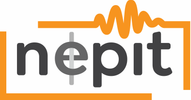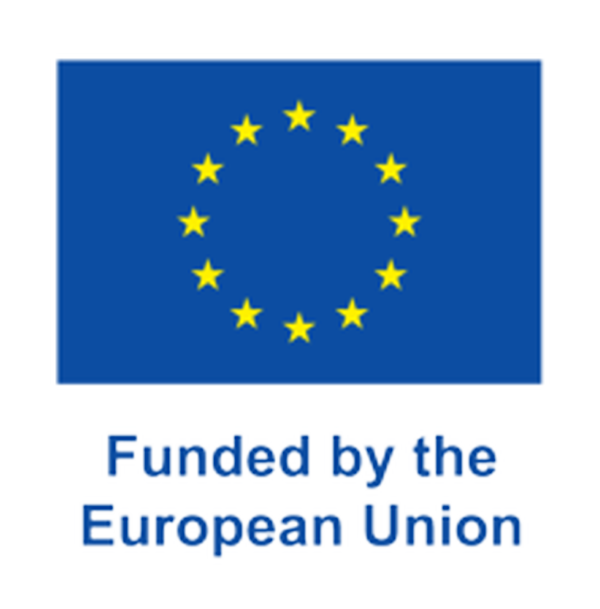The NEPIT doctoral training objectives are, in line with the needs as stated by the EU10 (Triple-I: international,inter-sectoral and interdisciplinary):
- Create the European network for a doctoral School for Evaluation of Propagation and Interference, managed by leading scientists with state-of-the-art infrastructure and covering a wide range of interdisciplinary approaches.
- Develop a structural doctoral programme in NEPIT by five leading research groups at renowned universities,in close collaboration with industry, and going beyond the usual boundaries such as including standardisation.
- Strengthen and structure the initial training of researchers in NEPIT at European level.
- Provide trained researchers with the necessary skills to work and excel in industry.
- Improve career perspectives by broad skills development.
- Build a durable consortium in research and training. Therefore exchange of research and doctoral-level education material will continue after the NEPIT project.
- Already now most of the NEPIT beneficiaries contribute to workshops at the key conferences, and this will continue after NEPIT; but then with the 10 DC. Furthermore several NEPIT beneficiaries already collaborate in standardization working groups, NEPIT will strengthen this collaboration such that also after NEPIT this collaboration continues.
The NEPIT scientific objectives are to develop novel methods to model, simulate, design, evaluate, implement, measure and monitor cost-effective, reliable, and efficient methodologies, including design guidelines in the field of EM propagation and interference, with a particular focus on electrically large (w.r.t. wavelength) and complex systems. These objectives can be achieved by
- Modelling the impact of the random EM environment where systems are deployed, and simulating the EM wave propagation characteristics in semi-enclosed environments.
- Developing new models and simulation methods for the electromagnetic coupling into and out of complex, distributed systems considering the stochastic behaviour of such coupling mechanisms.
- Developing advanced measurement techniques for EM propagation and interference which allows for greater repeatability and reproducibility.
- Developing a full experimental evaluation and characterisation method of electrically large systems.
- Providing industry with novel test methodologies for reliable in-situ EMC measurements and embedding this inworld-wide accepted standards.
- Providing a robust and reliable measurement uncertainty for measurements performed using reverberation chambers in a standard, as well as in a non-standard fashion.
- Providing techniques for appropriate and representative emulation of specific, real-life, electromagnetic environments in the laboratory.
The NEPIT societal objectives are the implementation of the newly developed and acquired knowledge into standards and validated methods by close collaboration with industry via secondments, training schools and case studies and thus actually contribute to the Horizon Europe ambition. The inter/multi-disciplinary characteristics are guaranteed by the presence of five academic beneficiaries and one industrial beneficiary (Lumiloop, spin-off company from the Technical University of Dresden) from four countries (the Netherlands, Germany, Poland and Italy) having top class expertise in electromagnetic interference, electronic control, wireless systems, antennas, and propagation. Furthermore, the inter-sectoral characteristic is guaranteed by the support of a series of industrial entities, such as Philips Healthcare, Rohde&Schwarz, EVEKTOR, Fokker, TIM, PIT, THALES, CANON, Kawasaki Heavy Industries, etc., forming a fully interrelated, integrated, and international consortium. The mix of industrial associated partners shows the widespread interest from many sectors, like automotive, security, medical, printing, satellite and professional electronics. The industrial supporters will collaborate by making facilities available for the researchers, present needs and research results at the Training Schools, provide actual case studies, provide practical training during secondments at industry, and being members of the Supervisory Board.


